The erhu, a traditional Chinese two-stringed bowed instrument, is not merely a tool for making music but rather an embodiment of rich history, culture, and emotion. As we embark on this exploration of the erhu, we will uncover its unique construction, historical significance, and modern adaptations, showcasing how this compelling instrument serves as a bridge between the past and the present. From its hauntingly beautiful melodies to its role in narrative storytelling, the erhu provides profound insights into the spirit of Chinese artistry and its potential for innovation in the global musical landscape.
The Essence of the Erhu
The erhu is often associated with the violin due to its stringed nature; however, this comparison can be deceptive. The erhu’s distinctiveness lies in its simplistic yet powerful design—an elongated neck paired with just two strings that are made from silk or nylon. Unlike the Western violin, which boasts a resonating body crafted from selected woods, the erhu features a resonator constructed from intertwined wooden and skin materials.
This unique instrumentation enables the erhu to produce a wide array of expressive sounds, ranging from deep, melancholic tones to lively, spirited melodies. Its capacity to convey emotions through sound is unparalleled, offering a rich tonal palette that resonates deeply within cultural contexts. The erhu serves not only as a musical device but also as an extension of the human experience, allowing performers to channel their emotions into captivating performances.
The Craftsmanship Behind the Erhu
Every erhu is a testament to exquisite craftsmanship, made by artisans who have honed their skills over generations. The meticulous selection of materials plays a crucial role in shaping the instrument’s voice. Traditional erhus often use python skin for the resonator, which contributes to the instrument’s ability to produce nuanced tones. The wood used for the body is equally important, with many makers opting for hardwoods like rosewood or sandalwood for their durability and acoustic properties.
Artisans pour their expertise and passion into each handmade piece, often spending months perfecting the instrument’s structure and sound. The minor details in construction—from the spacing of the strings to the curvature of the bow—play significant roles in determining the overall quality of sound produced. This dedication to craftsmanship reflects the high value placed on tradition and artistry in Chinese culture.
Emotive Quality of the Erhu
At its core, the erhu is more than just a musical instrument; it is a conduit for emotional expression. The character of the erhu allows performers to evoke a spectrum of feelings, whether it be the depths of sorrow or heights of joy. Each note played can resonate with listeners on a profoundly personal level, transcending linguistic boundaries and connecting individuals through shared sentiments.
Consider how a skilled performer can draw the audience into a narrative simply through sound. In the hands of an experienced musician, the rise and fall of the erhu’s notes mimic the ebb and flow of human emotions. This intricate relationship between music and feeling is why the erhu holds such a revered place in both folk and classical Chinese music traditions.
Cultural Significance: The Erhu as a Storyteller
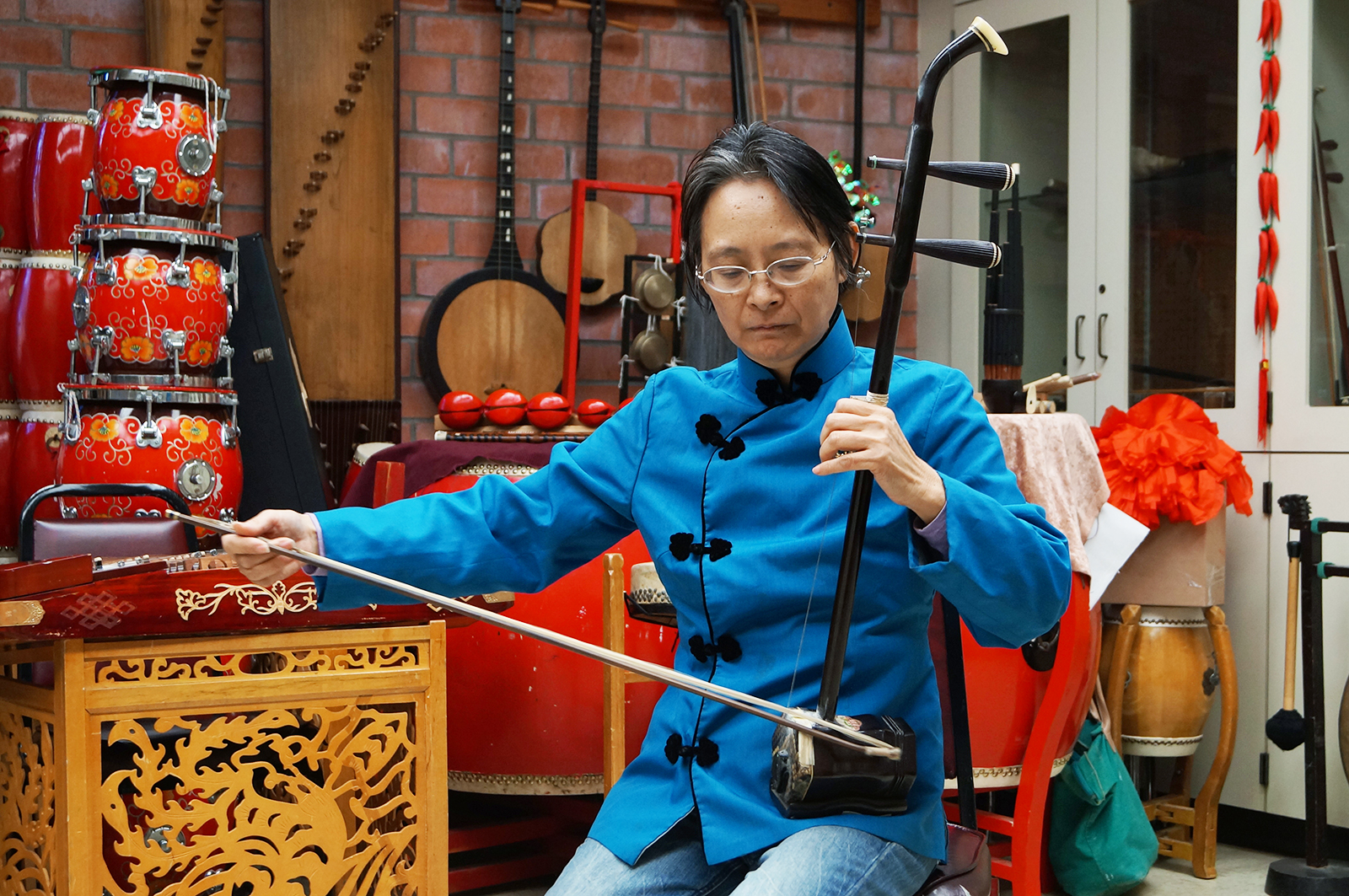
At its core, the erhu stands as a powerful medium for storytelling, offering a unique lens through which to explore human emotions. The instrument’s capacity to convey complex narratives without uttering a single word reveals its true strength as an art form deeply rooted in human experience.
The Erhu’s Evocative Storytelling
The haunting beauty of the erhu evokes vivid imagery, capturing fleeting moments in time through its expressive melodies. A solo performance can illustrate nature’s transformations—the gentle bloom of spring flowers or the stillness of winter snow—while its sound mimics the whispers of the wind or the rustling of leaves. A musician may also craft a piece inspired by the changing seasons, using crescendos to symbolize spring’s vibrancy and softer passages for winter’s stillness. This dynamic interplay highlights the erhu’s deep connection to nature and the passage of time.
The erhu’s evocative sound can also depict a range of emotional themes: the joy of love, the pangs of heartbreak, or the bittersweet nostalgia of reminiscing about days gone by. The rise and fall of the erhu’s notes mirror the fluctuations of human emotions, allowing performers to weave intricate stories of love, loss, and renewal. Each performance becomes a journey, where the listener is invited to traverse the highs and lows along with the musician.
The Erhu’s Influence on Stage and Screen
The erhu plays a vital role in storytelling, using its expressive qualities to illustrate emotional landscapes that words alone cannot convey. Whether in traditional Chinese opera or film scoring, the instrument serves as an emotional anchor, enhancing pivotal moments with its melodic intricacies. A composer may feature the erhu in key scenes to heighten tension or provide solace. Its piercing tones intensify climactic moments, while its soft whispers create space for reflection.
More than just background music, the erhu deepens emotional resonance, leaving a lasting impression on audiences of the stage and screen. As actors perform on stage or characters embark on transformative journeys in film, the erhu’s evocative sound amplifies their experiences. This synergy between music and storytelling ensures that the erhu continues to captivate listeners across different artistic forms.
Personal Insights on the Role of Music in Storytelling
Reflecting on the power of music as a narrative tool brings to light the profound connection between sound and human experience. The erhu’s emotive qualities encapsulate age-old tales and contemporary experiences, creating a space for empathy and understanding among diverse audiences.
As a listener, engaging with the erhu’s melodies often evokes poignant memories and reflections on personal experiences. The ability of the instrument to transcend language barriers reminds us that music speaks a universal tongue, one that transcends borders and unites us in shared emotional journeys.
Bridging East and West: The Erhu’s Place in Modern Music
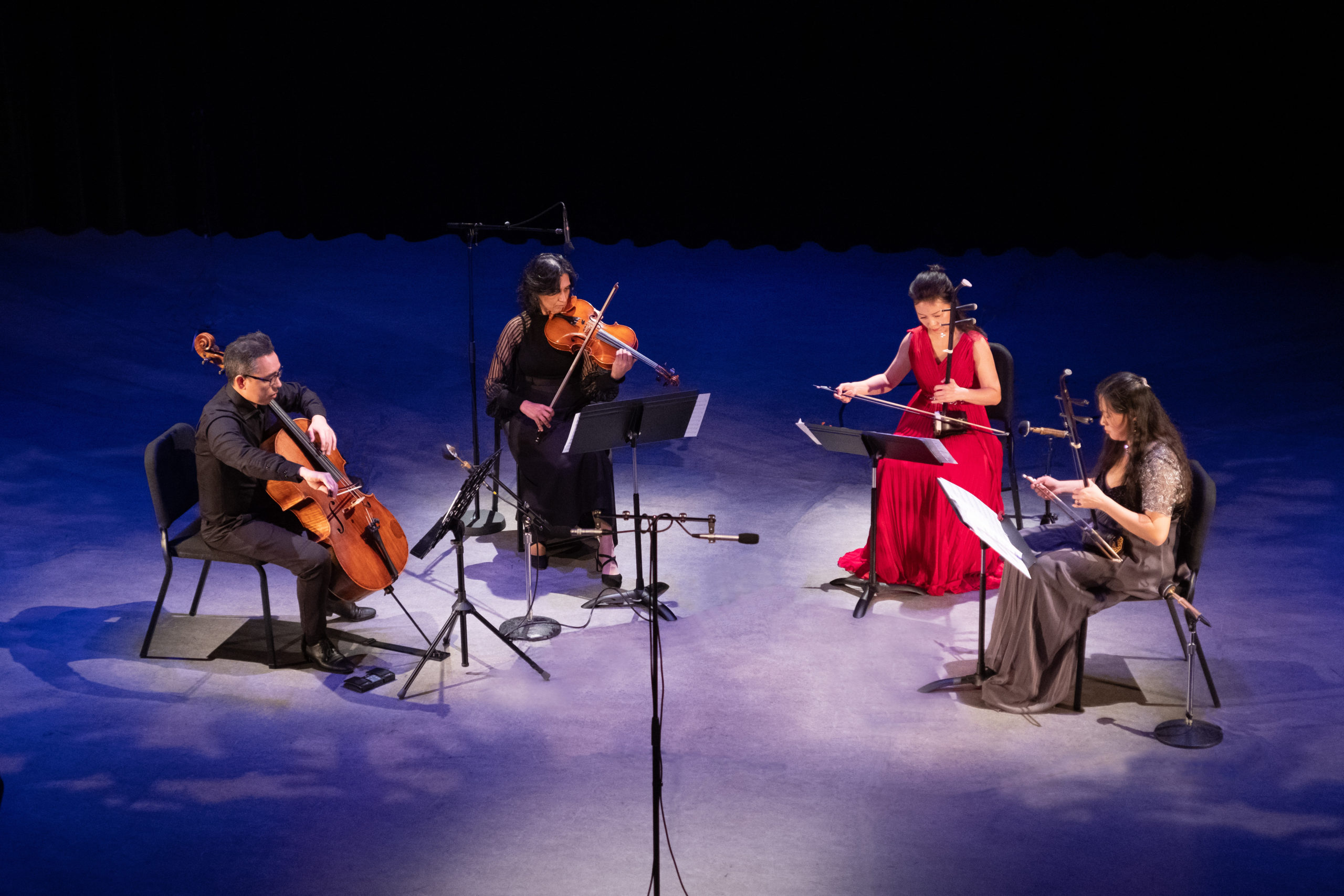
In recent years, the erhu has forged a path beyond the confines of traditional Chinese music, gaining traction in modern genres and collaborating with Western musicians. This cultural exchange enriches the musical landscape, creating innovative fusions that resonate with diverse audiences across the globe.
The Global Popularity of the Erhu
As interest in international music grows, the erhu has found its way into various contemporary genres, including jazz, pop, and even rock music. Its unique timbre adds a refreshing layer of depth to familiar sounds, breathing new life into conventional arrangements. Musicians worldwide have recognized the versatility of the erhu, incorporating it into their projects to create exciting cross-cultural collaborations.
Imagine a modern band infusing the lively essence of the erhu into a pop song; the result could be a vibrant tapestry of sound that captivates listeners’ attention, much like how spices enhance flavors in culinary arts. These experimental endeavors not only broaden the horizons of the erhu but also foster appreciation for diverse musical traditions.
Collaborative Projects with Western Musicians
Collaborations between erhu players and Western artists present a fascinating study in the blending of cultures. Notable musicians have sought to integrate the erhu within their works, resulting in groundbreaking compositions that reflect a fusion of ideas and styles. These partnerships allow for a greater understanding of each other’s artistic languages and methodologies, leading to creative innovations.
For instance, in a collaborative album featuring both erhu and guitar, one might hear the erhu’s lyrical lines complementing the rhythmic strumming of the guitar, resulting in harmonious dialogues between the two instruments. Such creative exchanges highlight the potential of the erhu to bridge gaps between musical traditions, fostering deeper connections among artists and listeners alike.
Educational Opportunities in Learning the Erhu
As interest in the erhu continues to grow, institutions around the world are increasingly including the instrument in their curricula. Music schools are recognizing the rising demand for knowledge in international music education, providing students with opportunities to learn the erhu alongside other instruments. This approach fosters a holistic understanding of music while contributing to cultural appreciation and respect.
Learning to play the erhu is an enriching experience that transcends mere musical skill acquisition. Students gain valuable insights into Chinese history, philosophy, and aesthetics, promoting intercultural understanding. As they engage with the instrument, they explore the richness of Chinese musical heritage, allowing them to connect with a broader narrative that extends beyond their immediate surroundings.
Conclusion
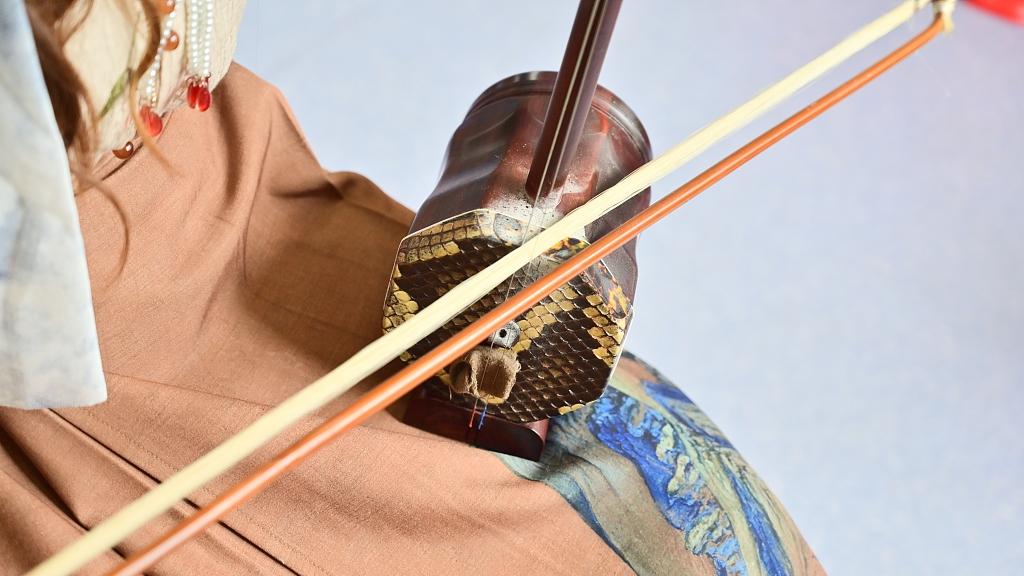
The erhu stands as an extraordinary symbol of Chinese culture, embodying the confluence of history, artistry, and emotional expression. Its rich tonal palette, unique construction, and historical significance reveal a multifaceted instrument that connects performers and audiences alike. As the erhu continues to evolve within modern musical contexts, it serves as a reminder that the power of storytelling through sound remains timeless and enduring. Through its captivating melodies, the erhu invites us to embark on a journey of discovery—one that celebrates the intricate tapestry of human emotions and our shared cultural heritage.
✉️ Stay Connected — Subscribe for Weekly Updates
Discover timeless stories, practical wisdom, and beautiful culture — delivered straight to your inbox.
*We only share valuable insights — no spam, ever.

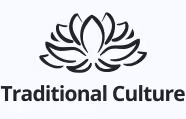
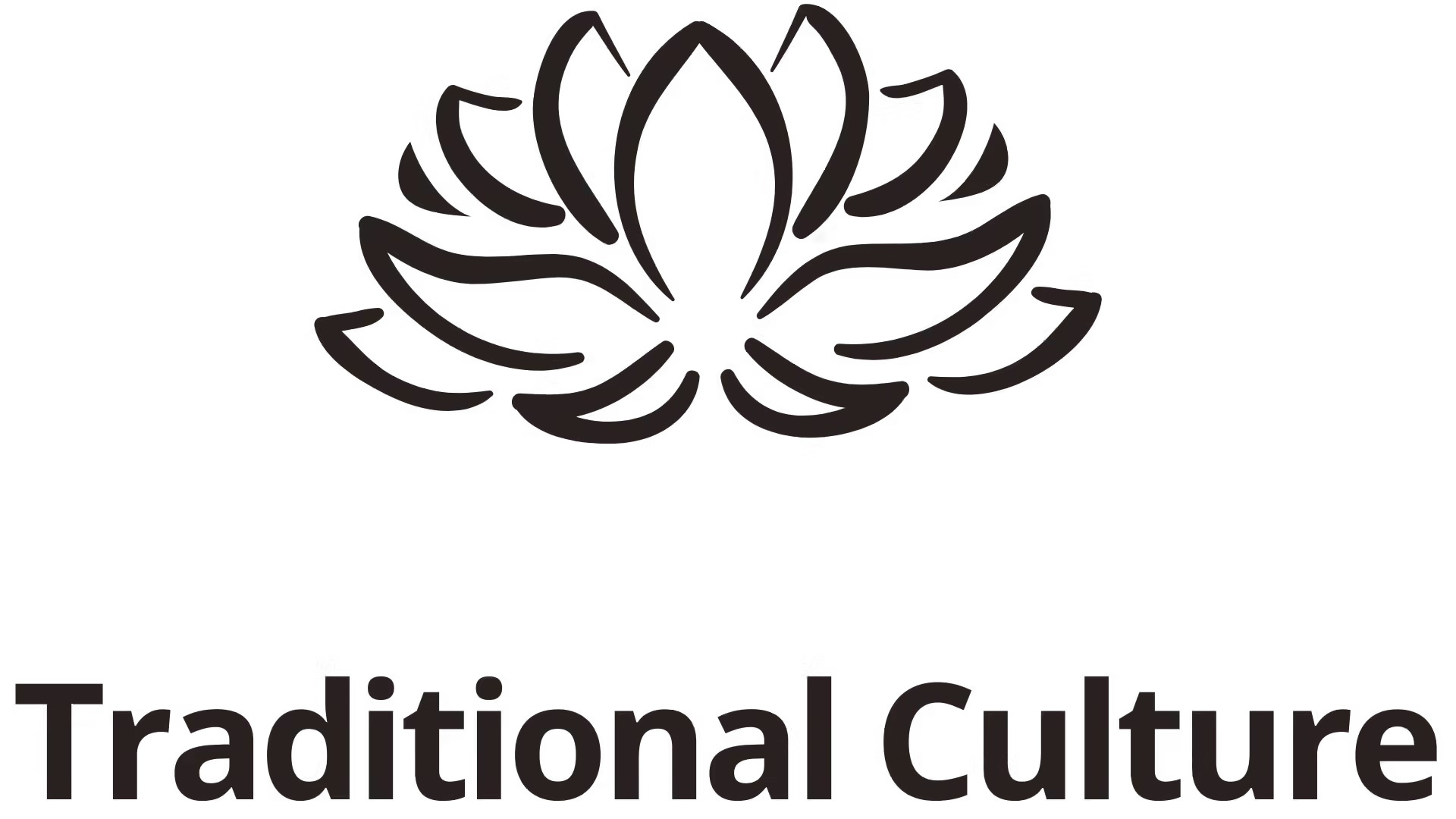


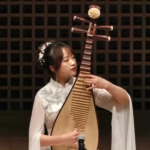

SEO Best Services
Tháng 9 18, 2024Hi Dear, are you in fact visiting this site on a regular basis,
if so afterward you will without doubt get nice knowledge.
Vivian
Tháng 9 18, 2024thank you
Ahrefsslelf
Tháng 9 18, 2024Доброго!
Долго ломал голову как поднять сайт и свои проекты и нарастить ИКС Яндекса и узнал от гуру в seo,
отличных ребят, именно они разработали недорогой и главное продуктивный прогон Хрумером – https://www.bing.com/search?q=bullet+%D0%BF%D1%80%D0%BE%D0%B3%D0%BE%D0%BD
Автоматизированный постинг для сайтов снижает ручной труд. Как собрать базу для Xrumer становится понятным после инструкции. Ссылочные прогоны и их эффективность подтверждаются аналитикой. Форумный постинг для новичков упрощает первые шаги. Xrumer: советы и трюки помогают избежать ошибок.
продвижение сайта в поисковых системах самостоятельно, продвижение сайта варианты, Эффективность прогона Xrumer
линкбилдинг правила, seo текстов для продвижения сайтов, поисковое и сайтов продвижение
!!Удачи и роста в топах!!
John Son
Tháng 9 18, 2024thank you so much
вован казино
Tháng 9 18, 2024Hurrah, that’s what I was searching for, what
a material! present here at this website, thanks admin of this web
site.
John Son
Tháng 9 18, 2024Thank you so much
vovan casino официальный сайт
Tháng 9 18, 2024It is appropriate time to make a few plans for the longer term and it is time to be
happy. I’ve learn this publish and if I may I wish to counsel you
few fascinating things or tips. Perhaps you could write next articles regarding this article.
I desire to learn more issues approximately it!
John Son
Tháng 9 18, 2024thank you so much
tapchinhathuoc.com
Tháng 9 18, 2024Makasih untuk tulisannya, sangat bermanfaat.
Saya baru tahu hal ini dan saat itu juga berkunjung ke **tapchinhathuoc.com**
yang menyediakan artikel menarik dengan penyajian praktis.
Harapan saya blog ini semakin maju.
John Son
Tháng 9 18, 2024thank you so much
tokenbyte.net
Tháng 9 18, 2024Keren sekali isi artikel ini, membuka wawasan.
Saya terkesan membacanya dan belakangan juga mengunjungi **tokenbyte.net**
yang menyediakan ulasan token digital dengan penjelasan detail.
Semoga sukses selalu.
John Son
Tháng 9 18, 2024thank you so much
siyuanbma.com
Tháng 9 18, 2024Menarik sekali postingannya, sangat inspiratif.
Saya tertarik membacanya dan kemarin juga berkunjung ke **siyuanbma.com**
yang menawarkan informasi manajemen dengan penjelasan ringkas.
Harapan saya selalu sukses.
GTA138
Tháng 9 18, 2024Tulisan ini sangat menarik,
menambah wawasan baru.
Saya sangat terbantu membacanya dan baru saja juga mengunjungi
**GTA138**
yang menyuguhkan informasi online dengan bahasa sederhana.
Mudah-mudahan makin sukses.